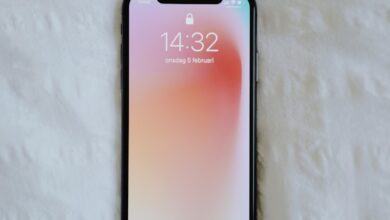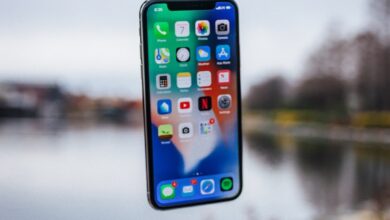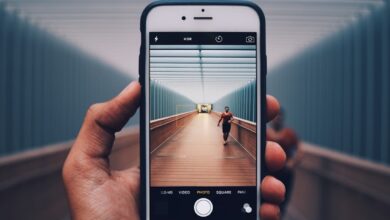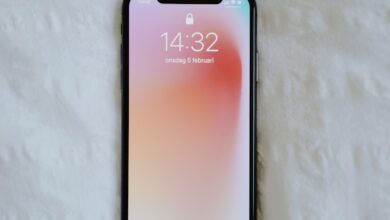The Evolution of Phone Formatting Techniques

Have you ever stopped to think about how far phone formatting techniques have come? From the bulky, brick-like devices of the past to the sleek and slim smartphones we carry in our pockets today, the evolution of phone design has been truly remarkable. In this article, we’ll take a journey through time to explore the fascinating history of phone formatting techniques.
In the early days of mobile phones, formatting was a basic affair. These devices were primarily used for making calls and sending text messages, and their designs reflected this simplicity. They were often large and heavy, with physical buttons and small monochrome screens. However, as technology advanced, so did phone formatting techniques.
With the advent of smartphones, the game changed completely. Touchscreens became the new norm, revolutionizing the way we interacted with our devices. Suddenly, we could swipe, pinch, and tap our way through menus and apps with ease. This shift in formatting opened up a world of possibilities, enabling developers to create intuitive and user-friendly interfaces.
As screen sizes increased, so did the need for responsive formatting. Responsive design allowed websites and applications to adapt seamlessly to different screen sizes, ensuring optimal viewing experiences across devices. This was particularly important as phones evolved into powerful multimedia devices, capable of displaying high-resolution images and videos.
But formatting techniques didn’t stop there. With the rise of bezel-less displays, manufacturers had to find innovative ways to maximize screen real estate. Enter the notch and later the punch-hole design, which housed front-facing cameras and sensors, allowing for edge-to-edge displays. These advancements not only enhanced the visual appeal of smartphones but also improved the immersive experience for users.

Today, we witness the emergence of foldable phones, marking yet another milestone in phone formatting techniques. These devices feature flexible displays that can be folded or unfolded, providing users with the convenience of a smartphone and the versatility of a tablet. The formatting challenges associated with creating a seamless user experience on foldable displays are pushing the boundaries of design and technology.
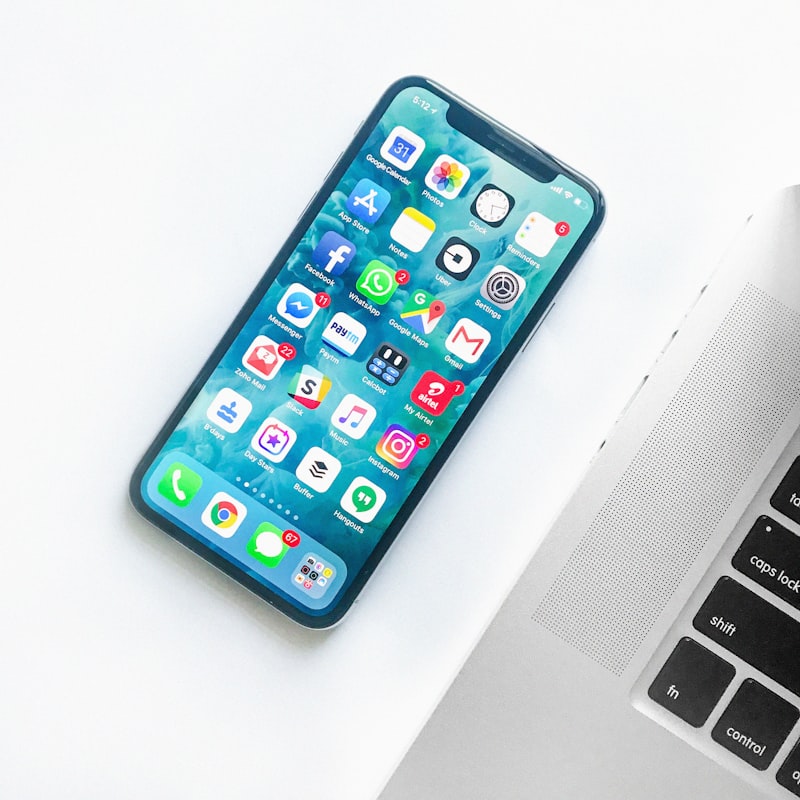
The evolution of phone formatting techniques has been nothing short of extraordinary. From the early days of basic formatting to the era of touchscreens, responsive design, bezel-less displays, and foldable phones, each advancement has brought us closer to the perfect fusion of form and function. As technology continues to evolve, we can only imagine what exciting formatting innovations lie ahead for the future of smartphones.
From Flip to Fold: Unveiling the Revolutionary Era of Phone Formatting
In today’s fast-paced world, mobile phones have become an indispensable part of our lives. From the iconic flip phones that dominated the early 2000s to the cutting-edge foldable devices of today, phone formatting has undergone a revolutionary transformation. Let’s dive into this fascinating journey and explore how technology has shaped the way we interact with our smartphones.
Remember those nostalgic days when flipping open your phone was a satisfying experience? The clamshell design brought convenience and style together, offering compactness and protection in one sleek package. Fast forward to the present, and we’re witnessing a new era of phone formatting with foldable screens. These devices challenge traditional notions of smartphone design, providing users with larger displays that can be folded and unfolded at will.
What makes foldable phones so captivating? Imagine having a tablet-sized screen right in your pocket. With a single flick, you unfold a world of possibilities, whether it’s multitasking on multiple apps simultaneously or immersing yourself in a cinematic experience on a larger canvas. Foldable phones offer a seamless transition between phone and tablet modes, providing versatility like never before.
The technological advancements behind this evolution are truly remarkable. Foldable phones utilize innovative materials such as flexible OLED displays and durable hinge mechanisms to ensure smooth folding and unfolding motions. Each foldable device is a testament to engineering ingenuity, combining form and function to deliver an unrivaled user experience.
But what about durability? How can a foldable screen withstand constant folding and unfolding? Manufacturers have taken significant strides to address these concerns. Through rigorous testing and robust design enhancements, foldable phones today offer improved durability and longevity. While challenges remain, the industry continues to refine the technology, paving the way for even more reliable and resilient foldable devices in the future.
As we embrace this new era of phone formatting, it’s exciting to contemplate the possibilities that lie ahead. From enhanced productivity to immersive entertainment experiences, foldable phones have the potential to reshape our digital lives. As technology continues to evolve, we can anticipate further innovations and refinements that will push the boundaries of what we once thought possible.
The journey from flip phones to foldable devices marks a significant milestone in the history of phone formatting. We have witnessed a remarkable transformation, where screens have become flexible canvases that adapt to our needs. The era of foldable phones has only just begun, and it holds the promise of revolutionizing the way we interact with our smartphones, ushering in a new era of limitless possibilities.
Breaking Boundaries: How Curved Screens Are Redefining Phone Design
Introduction:
Have you ever wondered what the future holds for smartphone design? Well, get ready to be amazed as curved screens are revolutionizing the way we interact with our phones. In this article, we will explore how curved screens are breaking boundaries and redefining phone design. Prepare to dive into a world of innovative technology that will leave you captivated.
The Curved Screen Experience:
Imagine holding a phone that seamlessly merges with your hand, providing a truly immersive experience. Curved screens offer just that. With their ergonomic design, these screens provide a comfortable grip, making it easier to hold and operate your device. The curvature also enhances the visual experience by providing a wider field of view and reducing glare, resulting in stunning visuals that feel like they extend beyond the screen’s edges.
Innovative Display Technology:
Curved screens utilize cutting-edge display technology that pushes the boundaries of what is possible. OLED (Organic Light-Emitting Diode) panels are commonly used in curved displays, offering vibrant colors, deep blacks, and excellent contrast ratios. This technology brings images to life, making every video or photo a feast for the eyes.
Beyond Aesthetics:
While curved screens undeniably add a touch of elegance to smartphones, their benefits go beyond aesthetics. These screens offer practical advantages as well. For instance, the curved design allows for better screen durability, as it helps dissipate impact forces over a larger area. Additionally, some curved screens integrate touch-sensitive edges, enabling new ways of interacting with the device and accessing shortcuts with a simple swipe of the thumb.
Immersive Gaming and Multimedia:
If you’re a gaming enthusiast or a multimedia lover, curved screens will take your experience to the next level. The curved display creates a more immersive environment, making you feel like you’re part of the action. Whether you’re playing games or watching movies, the curvature enhances depth perception and draws you into a world of entertainment.
Conclusion:
Curved screens are reshaping the landscape of phone design. From their ergonomic benefits to the stunning visuals and immersive experiences they offer, these screens are pushing the boundaries of what we thought possible. As technology evolves, we can expect even more innovative uses for curved screens, further enhancing our daily interactions with smartphones. Brace yourself for a future where phone designs captivate both the eye and the hand, breaking free from traditional flat screens and embracing the extraordinary.
The Rise of Flexible Displays: Exploring the Future of Phone Formatting
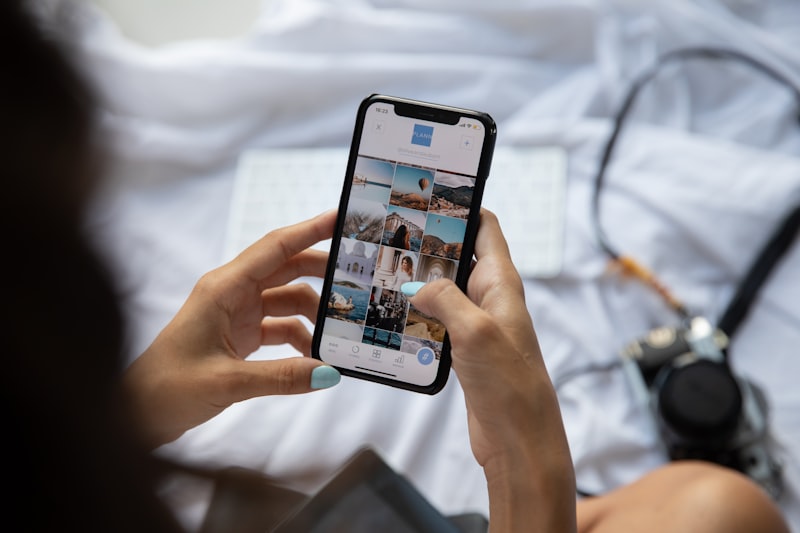
The future of phone formatting is taking an astonishing turn with the rise of flexible displays. Imagine a phone that can bend, twist, or even fold to fit your needs. It’s like having a device that can adapt to any situation, whether it’s watching videos on a larger screen or effortlessly fitting into your pocket.

Flexible displays are revolutionizing the way we interact with our phones. Gone are the days of rigid screens that limit design possibilities. With flexible displays, manufacturers can explore innovative form factors and push the boundaries of smartphone design. This technology opens up a whole new world of possibilities for both users and developers alike.
One of the most intriguing aspects of flexible displays is their ability to transform from a traditional smartphone shape into something entirely different. For instance, you could unfold your phone to reveal a tablet-sized display, providing a more immersive multimedia experience. The flexibility also allows for practical applications such as multitasking, where you can split the screen into multiple sections for enhanced productivity.
Beyond the enhanced user experience, flexible displays also offer practical benefits. The durability of these displays is impressive, as they are designed to withstand bending and twisting without compromising performance. This means fewer shattered screens and improved longevity for your device.
Moreover, the advent of flexible displays has sparked a wave of innovation in the smartphone industry. Manufacturers are investing heavily in research and development to create devices that not only deliver on flexibility but also maintain high-resolution displays, vibrant colors, and excellent touch sensitivity.
As this technology continues to evolve, we can expect to see even more exciting advancements in the future. Perhaps we’ll witness phones that can roll up like a scroll or wrap around your wrist like a bracelet, seamlessly blending technology with fashion.
Flexible displays are reshaping the future of phone formatting. They offer a versatile and immersive experience, allowing users to enjoy a range of form factors depending on their needs. With enhanced durability and ongoing technological advancements, flexible displays are set to revolutionize the smartphone industry and bring us closer to a world where our devices seamlessly adapt to our lifestyles.
Beyond Bezels: The Evolution of Edge-to-Edge Screens in Phones
Are you tired of those bulky bezels hogging your phone’s screen real estate? Well, fret no more, because the era of edge-to-edge screens is here to save the day! In this article, we’ll dive into the captivating journey of how phones have evolved from thick bezels to seamless edge-to-edge displays, revolutionizing the way we interact with our favorite devices.
Remember the days when bezels were as wide as the Great Wall of China? It seemed like they would never shrink! But thanks to advancements in technology and relentless innovation, phone manufacturers embarked on a mission to minimize those pesky borders. They sought to create a truly immersive visual experience for users, and thus, the concept of edge-to-edge screens was born.
Imagine holding a phone that feels like nothing but pure screen in your hands. That’s the magic of edge-to-edge displays. With bezels pushed to the sidelines, these screens offer an expansive canvas for all your digital adventures. Whether you’re scrolling through social media, watching videos, or playing games, every pixel comes to life, captivating your senses and drawing you deeper into the content.
But how do phones achieve this mesmerizing effect? The secret lies in clever engineering and design choices. Manufacturers employ techniques such as curved glass, OLED panels, and strategic placement of sensors and front-facing cameras to achieve maximum screen coverage. By pushing the boundaries of what was once deemed possible, they transform smartphones into stunning visual marvels.

Beyond the aesthetics, edge-to-edge screens also serve a practical purpose. With more space available, multitasking becomes a breeze. You can run multiple apps side by side without feeling constrained. It’s like having a mini command center at your fingertips, empowering you to boost productivity and efficiency on the go.
The evolution of edge-to-edge screens has made us question what we thought was achievable in phone design. It’s akin to stepping into a world where boundaries cease to exist, where the screen seamlessly merges with the device itself. In this new era of smartphones, every swipe, tap, and pinch is an invitation to explore a digital landscape without limitations.
So, if you’re ready to embark on a visual journey like no other, it’s time to embrace the edge-to-edge revolution. Say goodbye to bezels and hello to a world of endless possibilities. Let your imagination roam free as you immerse yourself in the captivating allure of edge-to-edge screens. The future is now, and it’s more awe-inspiring than ever before!
